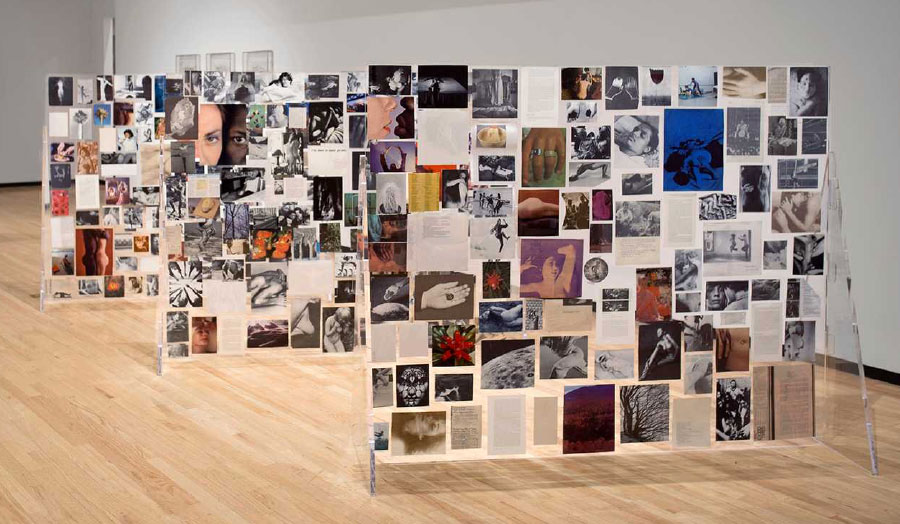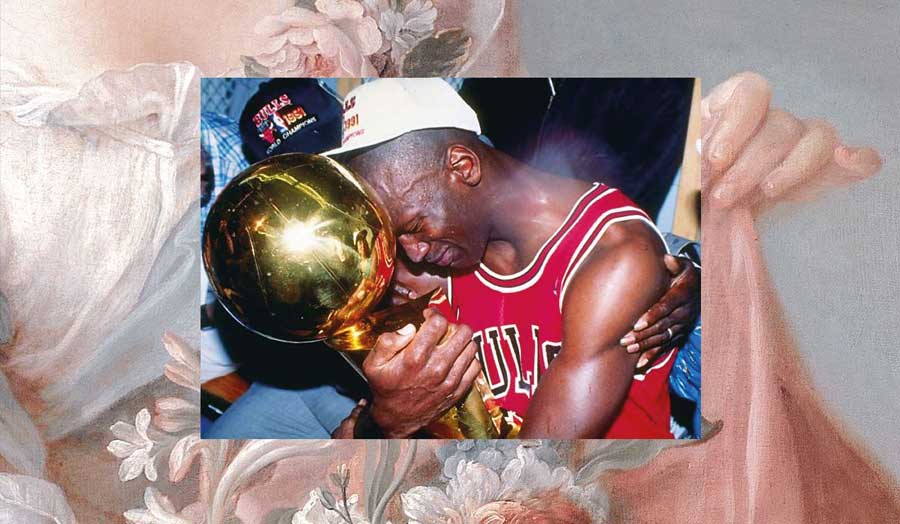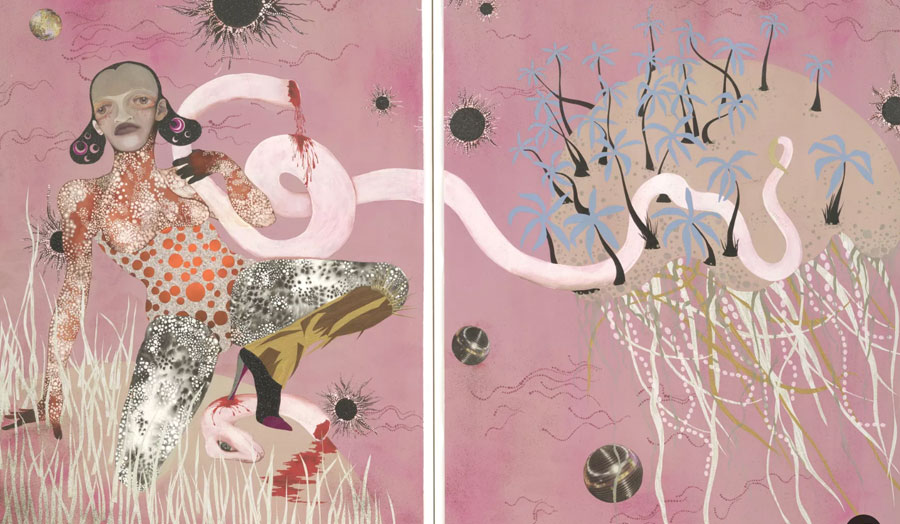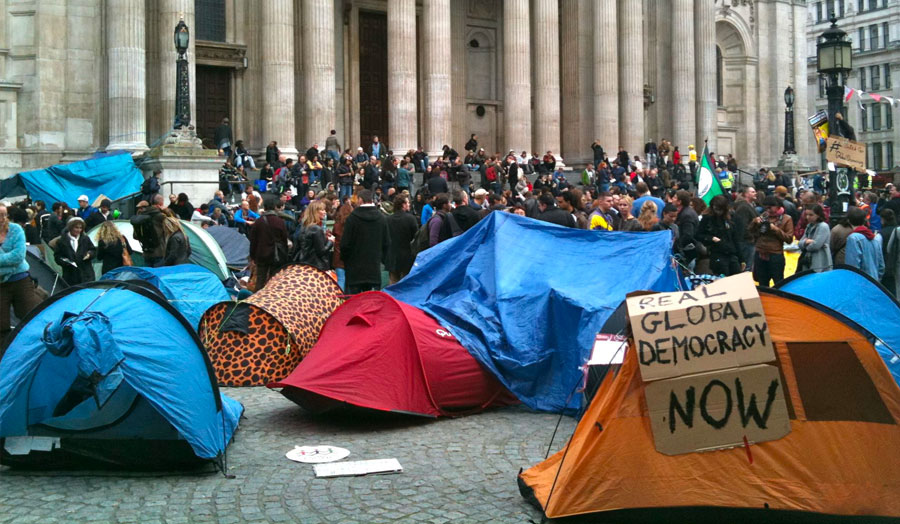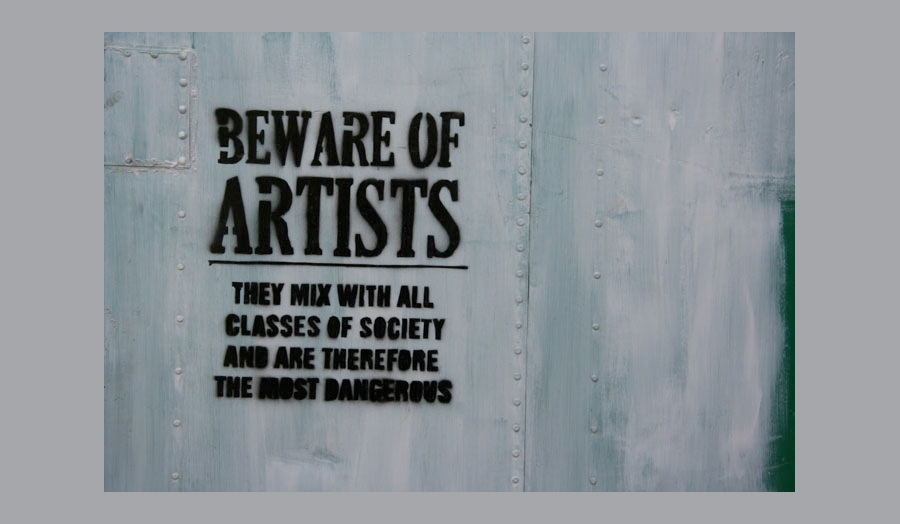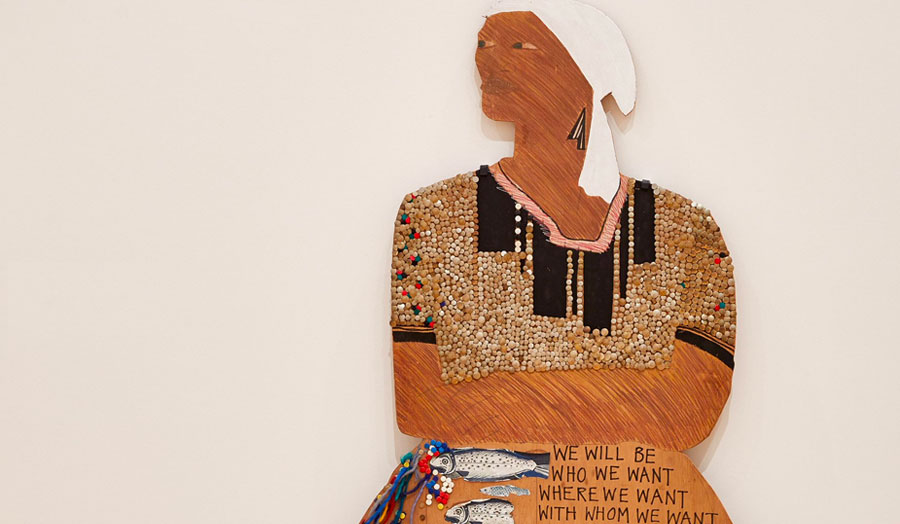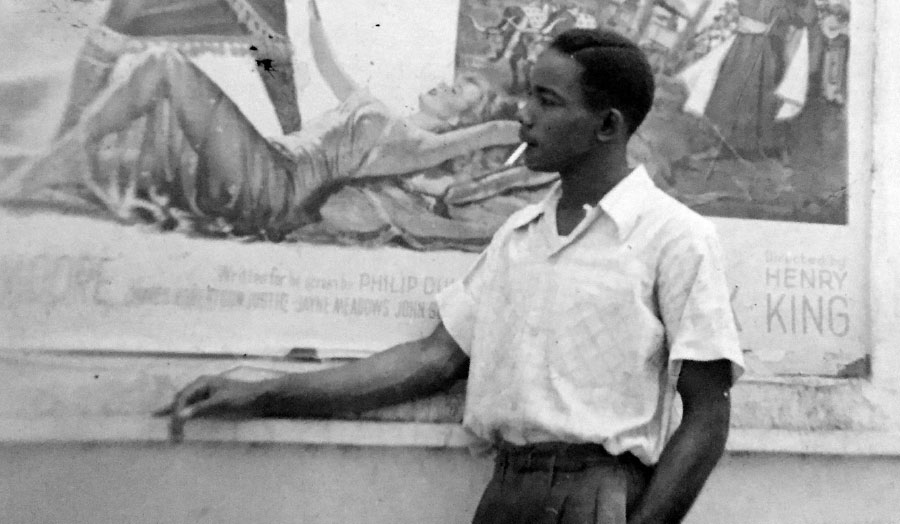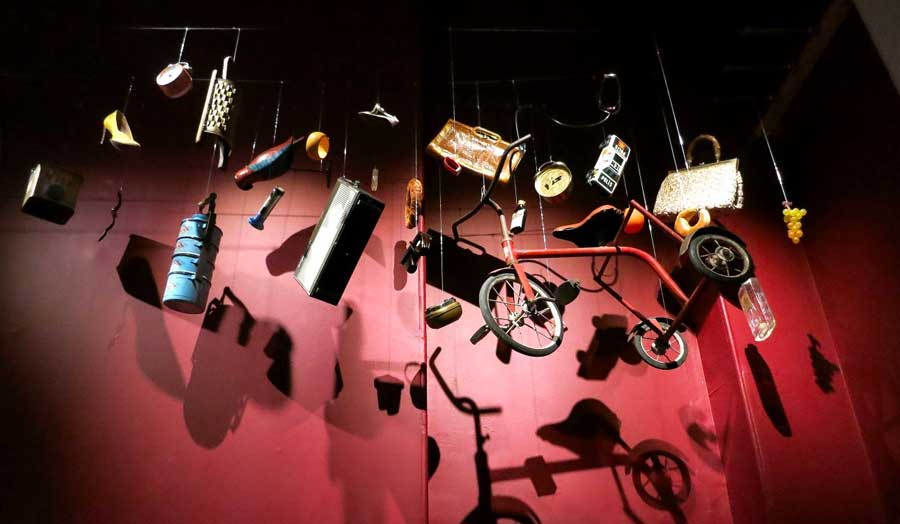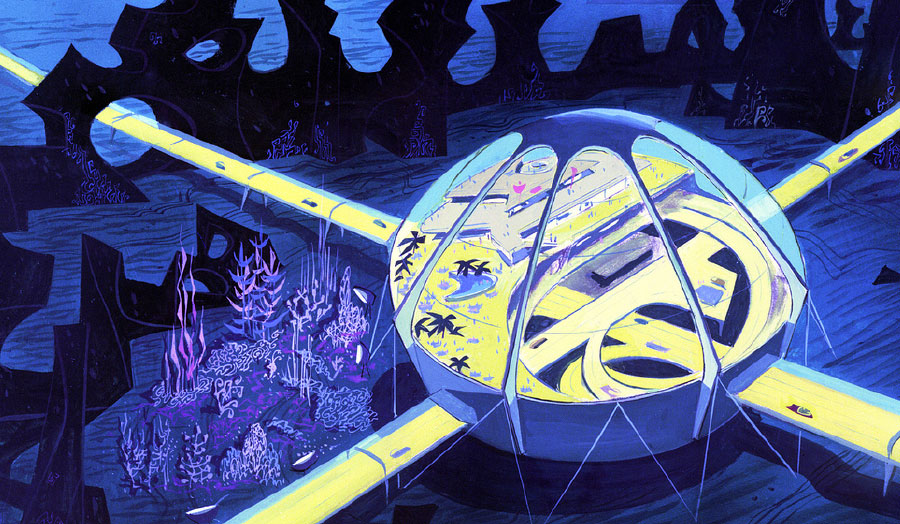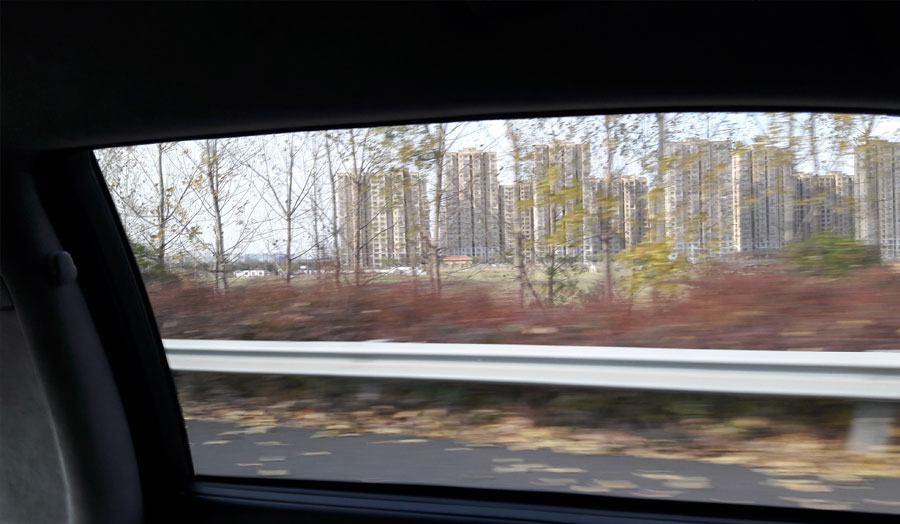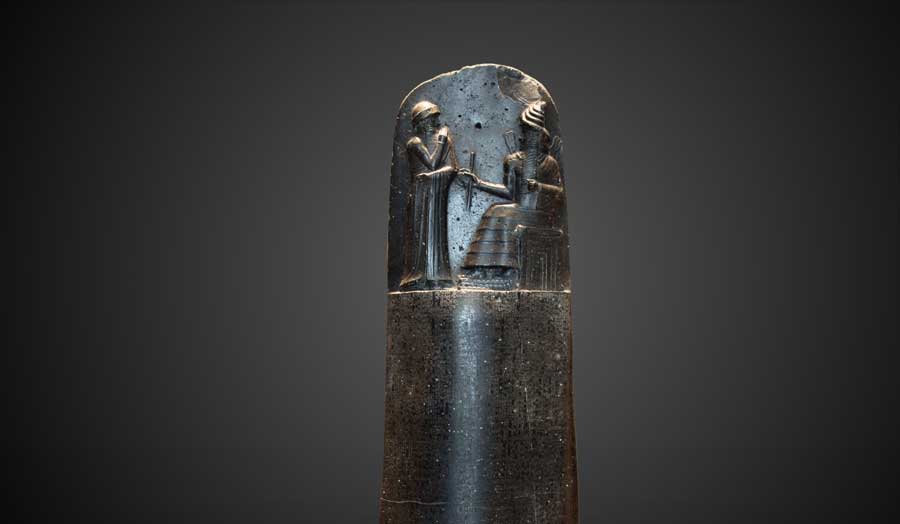Elisabeth Gernerd
‘What in all the material world is so light, so fleeting, and so volatile as Fashion. It is like the froth, which bubbling on the surface of the stream, is for ever changing its shape by insensible gradations.’ General Advertiser, August 20, 1785
This studio examines the intersections and relationships between objects and their visual and discursive representations through the lens of the history of fashion and dress. It locates fashion, or fashionable dress, in the conversations about it, the images portraying it, and the artefacts left in its wake. Marrying material, archival and visual approaches, it looks to the relationships between sartorial culture and its discursive and visual representations. It explores what constitutes material and sartorial culture and how those objects and artefacts relate, influence, and are influenced by contemporary culture, politics, class, gender, race and society. It approaches the concepts of fashion and dress as cultural currency that can be read and unpacked within an interrelated network of forms, iconographies and texts.
In particular, this studio considers the dialogues between fashionable dress and print culture. Of the multiple revolutions fought at the end of the eighteenth century, the ‘revolution’ on paper and in the press is at the heart of this work. Fashion circulated within graphic satire as a mode of cultural currency, seeping across society like spilt ink across a page. Through the relationship of object and image, this studio will examine the themes of dissemination, temporality, immaterial culture, satirical representation, politics and historicism within the social and cultural discourses of eighteenth-century society, juxtaposing how those dialogues of the past intersect with the present.
Studio bibliography
- Prown, Jules. “Mind in Matter: An Introduction to Material Culture Theory and Method.” Winterthur Portfolio 17, no. 1 (Spring 1982): 1-19.
- Gerristen, Anne and Giorgio Riello (eds.). Writing Material Culture History, London: Bloomsbury Academic, 2014.
- Dyer, Serena, Jade Halbert and Sophie Littlewood (eds.). Disseminating Dress: Britain’s Fashion Networks, 1660-1970, London: Bloomsbury Academic, 2022.
- Hellman, Mimi. “Furniture, Sociability, and the Work of Leisure in Eighteenth Century France.” Eighteenth-Century Studies 32, no. 4 (1999): 417- 434.
- McNeil, Peter. “‘Beauty in Search of Knowledge’: Eighteenth-Century Fashion and the World of Print.” In Fashioning the Early Modern, edited by Evelyn Welch, 223-254. Oxford: Oxford University Press, 2017.
- Styles, John. “Fashion and Innovation in Early Modern Europe.” In Fashioning the Early Modern, edited by Evelyn Welch, 33-56. Oxford: Oxford University Press, 2017.
- van Horn, Jennifer. The Power of Objects in Eighteenth-Century British America. Chapel Hill: University of North Carolina Press, 2017.
- Wigston Smith, Chloe. “Fast Fashion: Style, Text, and Image in Late Eighteenth-Century Women’s Periodicals.” In Women’s Periodicals and Print Culture in Britain, 1690-1820s: The Long Eighteenth Century, edited by Jennie Batchelor and Manushag N. Powell, 440-457. Edinburgh: University of Edinburgh Press, 2018.
- Wrigley, Richard. “The Formation and Currency of a Vestimentary Stereotype: The Sans-culotte in Revolutionary France.” In Fashioning the Body Politic: Dress, Gender, Citizenship, edited by Wendy Parkins, 19-48. Oxford: Berg, 2002.
- Yonan, Michael. “Toward a Fusion of Art History and Material Culture Studies.” West 86th 18, no. 2 (Fall-Winter 2011): 232-248.
Keywords: Material culture, Dress and fashion history, Print culture, Temporality , Immaterial culture, Satire, Historicism, Dissemination
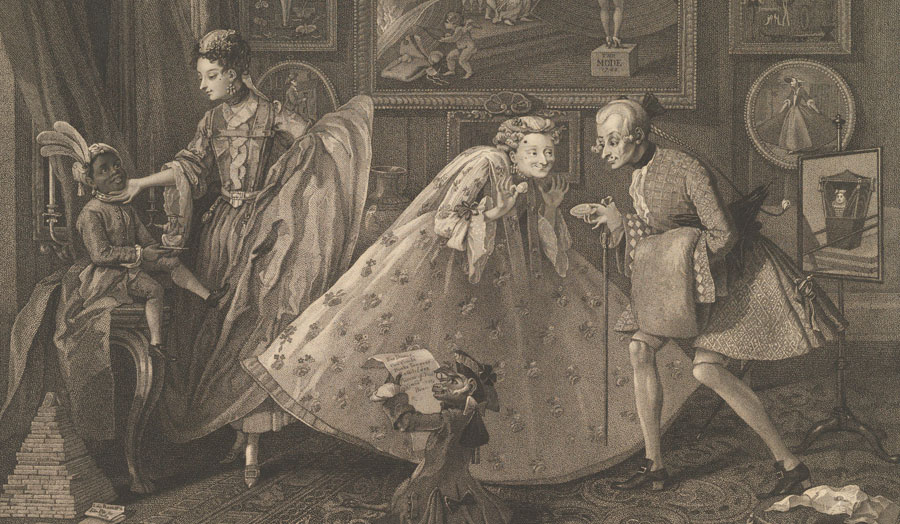
Details
| Tutor | Elisabeth Gernerd |
|---|

